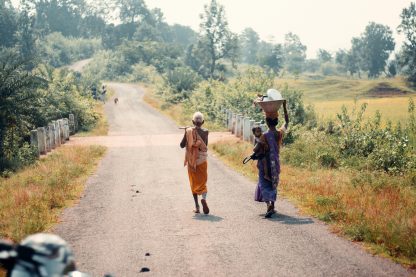Table of Contents
Basic Safety Precautions
When babysitting, it is important to be aware of basic safety precautions to prevent accidents and injuries. Always make sure that sharp objects, hazardous substances, and choking hazards are kept out of reach of children. Be sure to lock cabinets and drawers that contain potentially harmful items. Additionally, always supervise children closely, especially when they are engaging in activities such as swimming or riding a bike. It is also essential to be aware of any allergies the children may have and to avoid serving them any allergenic foods or exposing them to allergens.
On-Demand Childcare in Your Neighborhood
Book a Sitter
Emergency Preparedness
Babysitters should always be prepared for emergencies and know how to handle various situations that may arise. Make sure to have a list of emergency contacts readily available, including the parents’ contact information, as well as the phone number for emergency services. It is also important to know CPR and basic first aid techniques in case of accidents or injuries. Familiarize yourself with the layout of the home, including the location of fire extinguishers, smoke detectors, and emergency exits.
Childproofing the Home
Childproofing the home is essential for ensuring the safety of children while in your care. Make sure that electrical outlets are covered, and that cords from blinds or curtains are out of reach. Install safety gates at the tops and bottoms of staircases, and secure furniture that could tip over. Keep small objects, plastic bags, and choking hazards away from children, and ensure that cleaning supplies and medicines are stored in a locked cabinet. Additionally, make sure that windows are securely closed or have safety locks to prevent falls.

Supervision Guidelines
Proper supervision is key to ensuring the safety of children while babysitting. Always keep a close eye on children, especially when they are near water, on playground equipment, or in the kitchen. Avoid leaving children unattended, even for short periods of time, and make sure that older children are aware of their responsibilities when looking after younger siblings. Set clear boundaries and rules for the children to follow, and be consistent with enforcing them.
Communication with the children is also important, so encourage them to tell you if they feel uncomfortable or unsafe.
Safe Sleep Practices
When putting children to bed, it is important to follow safe sleep practices to reduce the risk of Sudden Infant Death Syndrome (SIDS) and other sleep-related accidents. Always place babies on their backs to sleep, and avoid using soft bedding or pillows in the crib. Make sure that the crib meets safety standards and is free of hazards such as loose or missing parts. Keep the room at a comfortable temperature and ensure that there are no cords or strings near the crib that could pose a suffocation risk. Check on the children periodically while they are sleeping to ensure that they are safe and comfortable.
In conclusion, babysitting requires a great deal of responsibility and attention to detail, especially when it comes to child safety. By following these top 10 child safety measures, babysitters can help ensure that the children in their care are protected from harm and are able to enjoy their time in a safe and secure environment. Remember, the safety and well-being of the children should always be the top priority, and by being well-prepared and informed, babysitters can provide the best possible care for the children in their charge.










